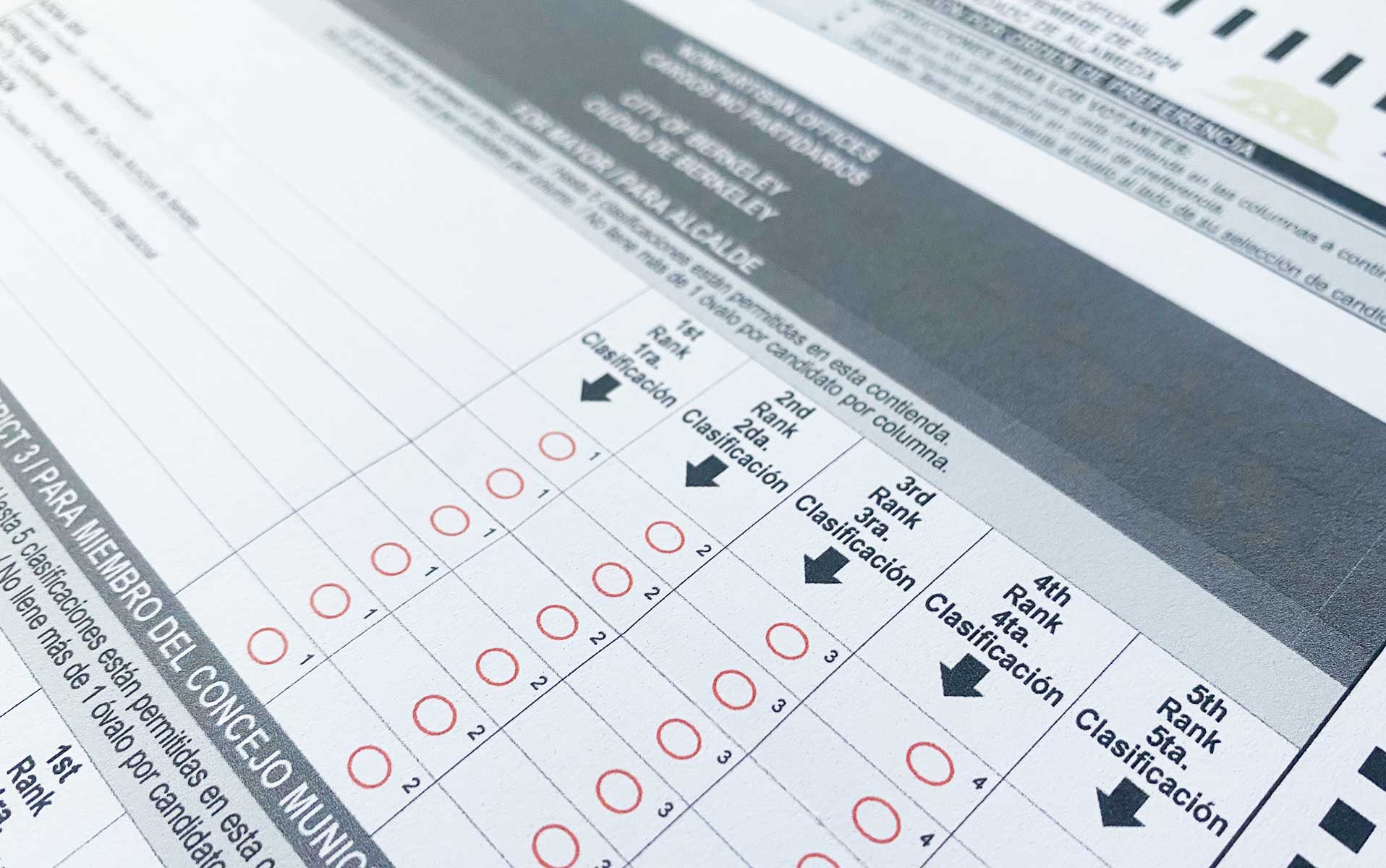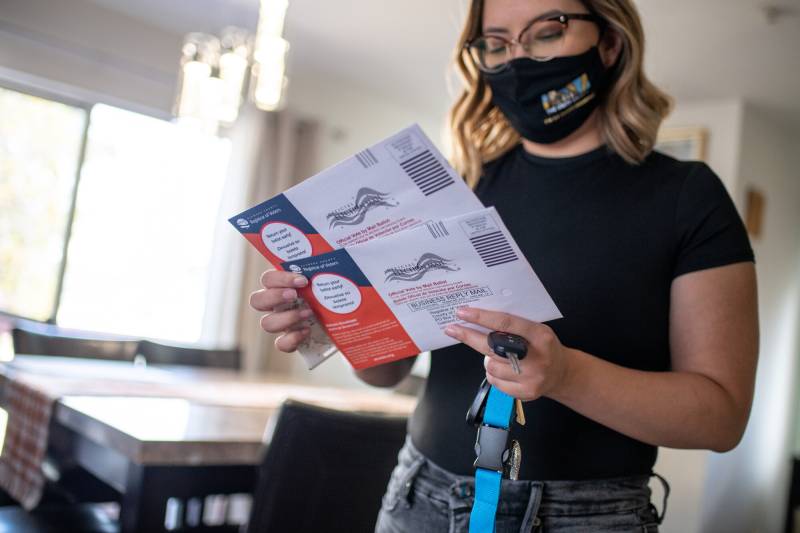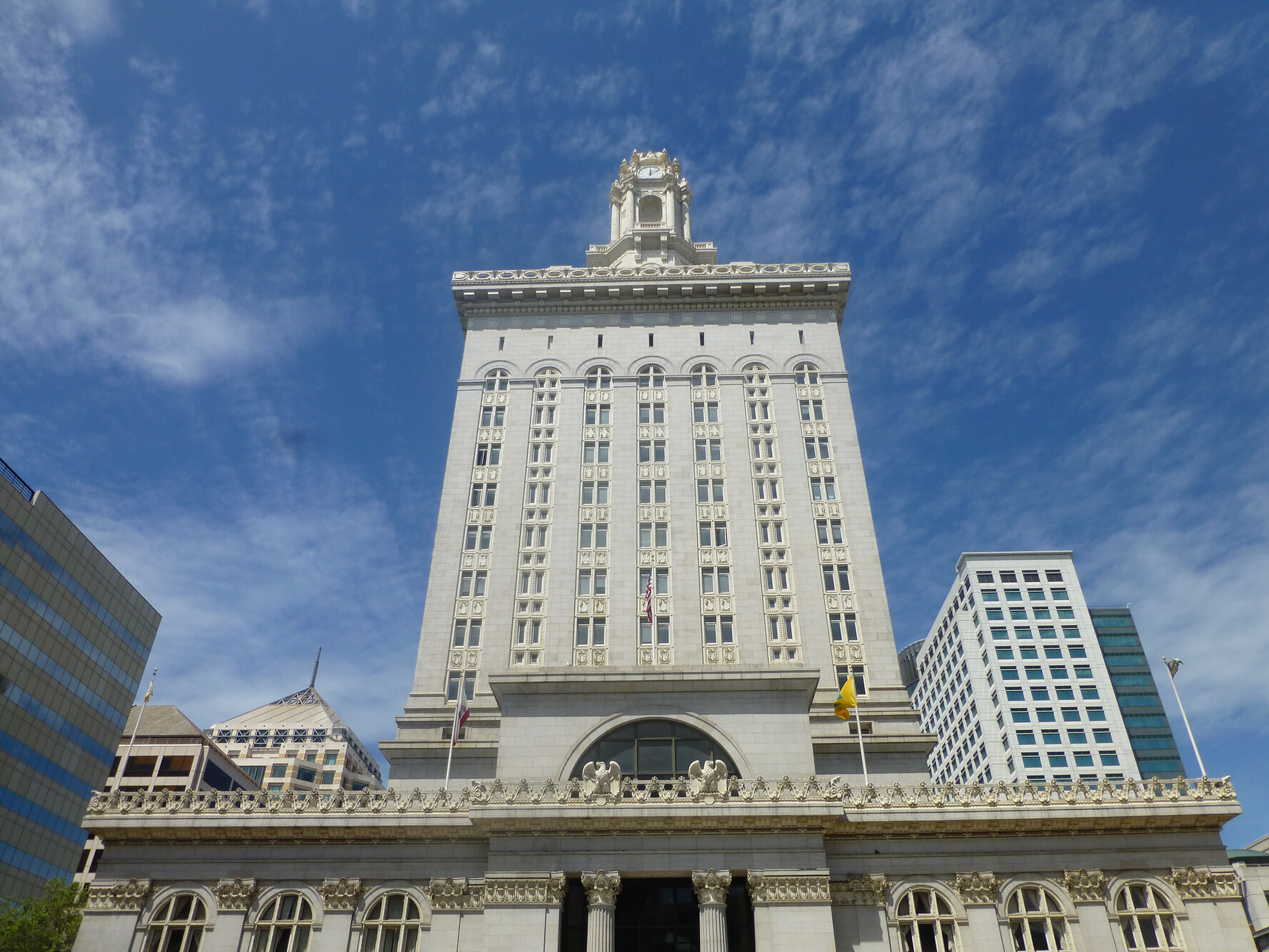If you’re an Oakland resident, Tuesday is your last day to vote for a new mayor, new city council member and whether to approve Measure A, which would increase the city’s sales tax by 0.5%.
Your ballot for the special election will use a system known as “ranked choice voting” for the mayoral and city council races.
But how does ranked choice voting work in elections like these? Do you have to rank every candidate in a race? And what happens if you rank your first choice multiple times?
Keep reading for what you need to know about ranked choice voting. You can also read more information about how to vote in Oakland’s special election.
- Jump straight to: Do I have to fill in all the rankings available?
In a nutshell, how does ranked choice voting work on my ballot?
Without ranked choice voting, your ballot will ask you to pick your No. 1 choice of candidate for a particular office — and that’s it.
Ranked choice voting allows you to pick your first choice candidate, followed by your second choice, your third choice and so on.
How this looks on your ballot: the candidates will be listed with columns next to the names that say “First Choice,” “Second Choice,” “Third Choice,” etc. Next to your first choice candidate’s name, you’ll fill in the oval in the “First Choice” column. You can then repeat the process for your second choice and third choice until you’ve completed all the rankings you want to give.

How are the votes then counted for those candidates?
Every voter’s first choices are counted — and if a single candidate gets more than 50% of everybody’s first choice votes, they win outright.
But if no majority winner emerges from that first count of all the first choice votes, under ranked choice voting, the race then moves through several rounds of counting until a winner emerges:
- The candidate who got the fewest first choice votes is eliminated first;
- Voters who ranked that candidate as their first choice then have those votes count for their second choice instead;
- And so on, and so on, until one candidate has a majority.
This video breaks it down:
@kqednews ♬ original sound – KQED News


